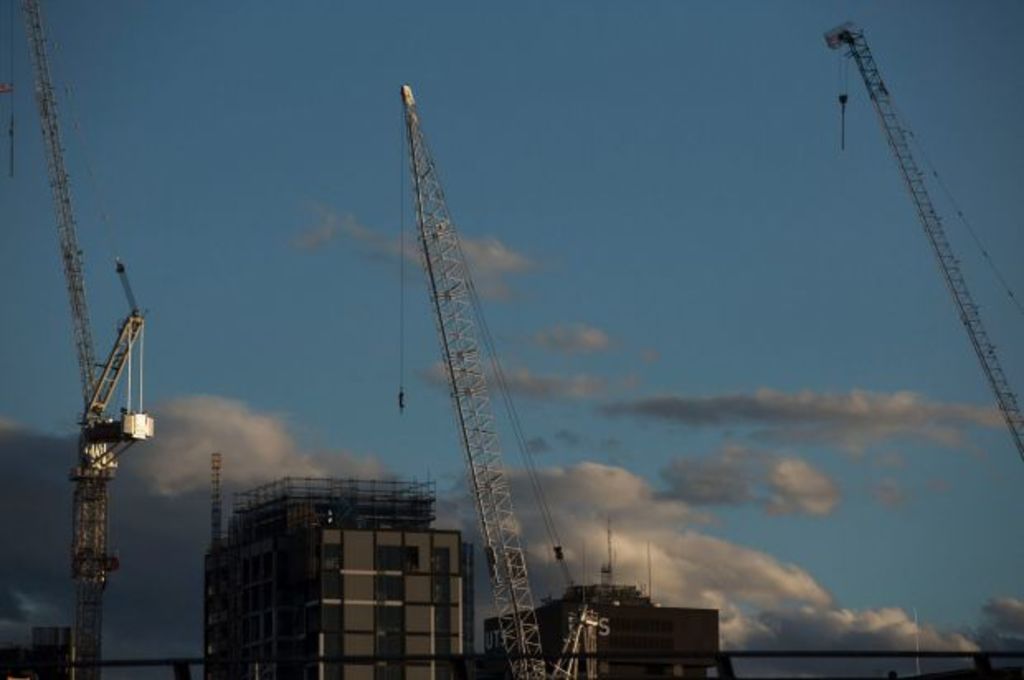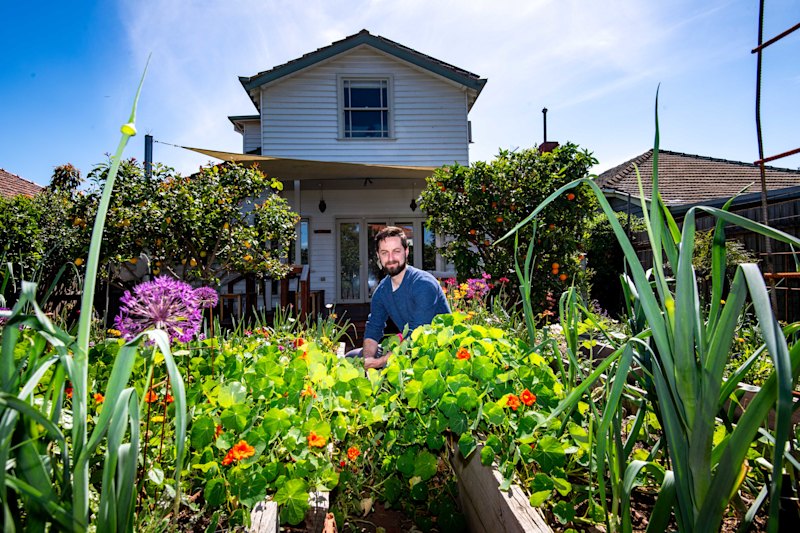What the government has failed to consider in their 'supply solution' to housing affordability

Increasing new supply is one part of the housing equation, and a factor that Treasurer Scott Morrison is relying on to fix the affordability crisis. But there’s a reason the building boom we are currently in the midst of – that should be creating new supply – isn’t making a difference.
In an address to the Urban Development Institute of Australia in Sydney on Monday about housing affordability, the Treasurer’s focal point was the need for a discussion between the federal government and the states around the “potential to remove residential land use planning regulations that unnecessarily impede housing supply and are not in the broader public interest”.
He has also pointed to infrastructure provision, transaction and betterment taxes and public attitudes towards urban infill as issues, but his answer is primarily to look at supply.
But what the government has failed to do is to take a closer look at how supply works, particularly if it’s intending to largely disregard the demand-side of the affordability equation. After a building boom reaching record levels of new home approvals in Sydney and Melbourne, we have seen little improvement for renters or home buyers.
For supply to help improve affordability the new housing stock has to actually make it to the market to have an effect. You can build all the apartments in the world, but if they aren’t being lived in or rented out it’s hardly going to fix the problem.
In fact how can the government promise to fix the housing crisis with supply, when they don’t know how the supply that’s already out there is being used?
Experts and industry commentators claim many foreign buyers of apartments are not to renting out their brand-new apartments because they can afford to hold onto them. They may be intending to move into them in the future, or simply kept vacant while the owners take advantage of capital growth. This is entirely legal.
There are estimates that up to 20 per cent of investor-owned homes could be empty in Melbourne and a similar pattern possibly exists in Sydney. The value of proposed foreign investment in Australian real estate rose 75 per cent to $60.8 billion last year. Foreign investors are limited to buying new properties with Foreign Investment Review Board approval and in some cases make up 50 per cent or more of an development’s buyers.
Of course without foreign investors, it’s likely many apartment towers would never have been built and there are economic benefits that come from allowing this investment in Australia, such as an increase in construction jobs. But there’s a concern that the apartments they have bought, which are counted in the supply figures, are not being used to ease the demand in the market.
When you look at the rental market, this becomes apparent. When all the building activity began, many experts expected a major price fall in the Melbourne market when they compared the demand for housing to the high levels of supply coming on board. But the result hasn’t been as catastrophic as expected – there has been little evidence of a massive improvement in affordability.
Sydney apartment rents increased 2.9 per cent over the year to September, latest Domain Group data shows. In Melbourne, apartment rents were up 2.7 per cent over the year. Both cities have record high rents for units.
It isn’t a huge leap to question whether foreign buyers keeping their investments out of the rental market might be the reason the “increase supply” mantra hasn’t worked.
If Scott Morrison is serious about helping private renters as well as first-homebuyers, he should force foreign buyers to rent out properties they have so far kept empty.
He should also be demanding that data be collected about how the thousands of apartments built during the building boom have affected the market. We need to know exactly how many of these apartments have actually become rentals and how many are sitting vacant.
Without this information, there’s little help in sight for first home buyers and renters who are left relying on new building activity to bring down prices and rents in the near future.
We recommend
We thought you might like
States
Capital Cities
Capital Cities - Rentals
Popular Areas
Allhomes
More








